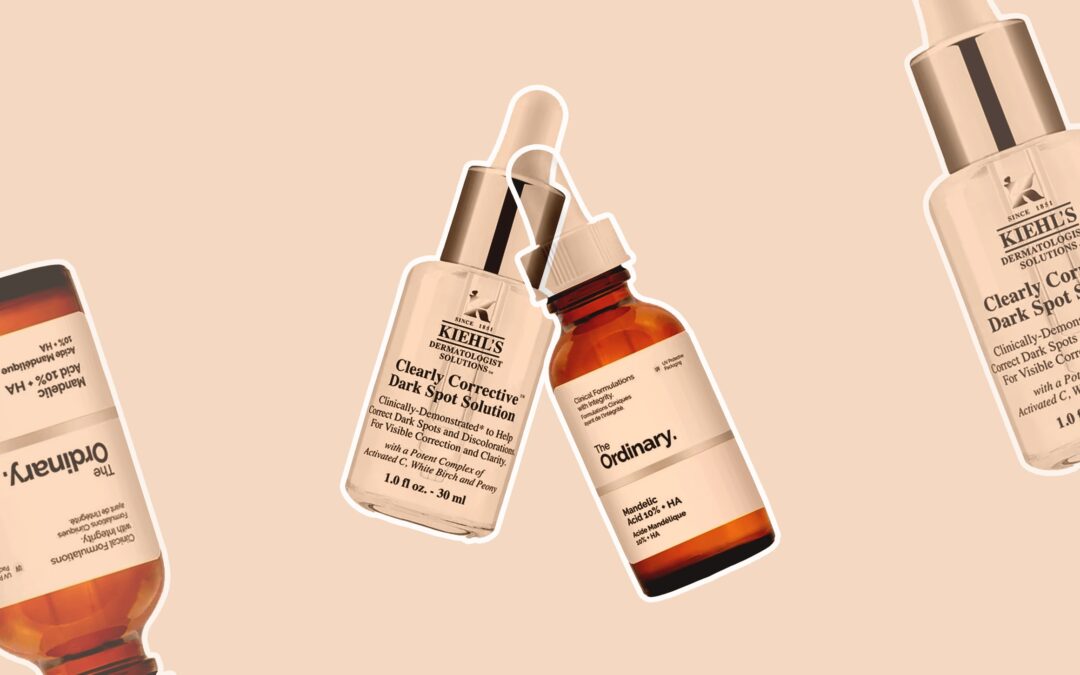Whether you’re dealing with a dark mark left behind by a blemish, spots that indicate sun damage, or hormone-induced melasma, these typically unwanted changes in the skin all fall under the umbrella of hyperpigmentation. Caused by the cells responsible for your skin’s color, melanocytes, depositing excess pigment into deeper levels of the skin, these forms of discoloration can be incredibly frustrating for those who strive for an even-toned complexion — especially since it can be tough to reverse.
“In general, hyperpigmentation is tough to treat and a chronic condition,” New York City-based board-certified dermatologist Dhaval Bhanusali, MD, tells Allure, noting that he explains to his patients that it must be taken seriously because it’s so easy for it to recur. Although some patients choose to undergo laser treatments for their dark spots to address their hyperpigmentation with customized prescription compounds — Dr. Bhanusali often blends a high dose of hydroquinone with kojic acid and vitamin C for his patients — there are ways to combat discoloration and uneven skin tone without often-expensive in-office procedures and topical medications.
That’s where these over-the-counter options come in. Often made with the same active ingredients that dermatologists use in prescription compounds, these serums and creams contribute to more even-toned skin and reduced hyperpigmentation with consistent use. “When targeting hyperpigmentation, you want to use multiple ingredients that have different functions,” New York City-based board-certified dermatologist David Kim, MD, tells us. “For example, you want to use a vitamin A derivative to increase cell turnover, alpha hydroxy acids to enzymatically exfoliate, and incorporate azelaic acid, kojic acid, or arbutin to reduce melanin production,” Dr. Kim explains, adding that tranexamic acid is particularly beneficial for melasma.
But there is something else dermatologists recommend across the board to get dark spots under control: sunscreen. “Before you spend your money on antioxidant serums and retinoids to improve the tone and texture of your skin, the most important first step is diligent daily sun protection, which is key to reducing the appearance of brown spots,” says board-certified dermatologist Shari Marchbein, MD, also based in New York City. “Otherwise you are literally throwing your money away investing in other skin-care products,” she adds. Dr. Kim backs this up, adding that SPF combined with vitamin C in the morning minimizes UV damage, prevents excessive melanin production, and contributes to a brighter complexion overall.
Got your sunscreen checked off? Good. Here are some of the best dark spot correctors and hyperpigmentation-fading products to pair with it. Just ensure that you’re consistent with using these skin-brightening products — every day, folks — and you’ll see amazing (but gradual) results in as little as a month.

